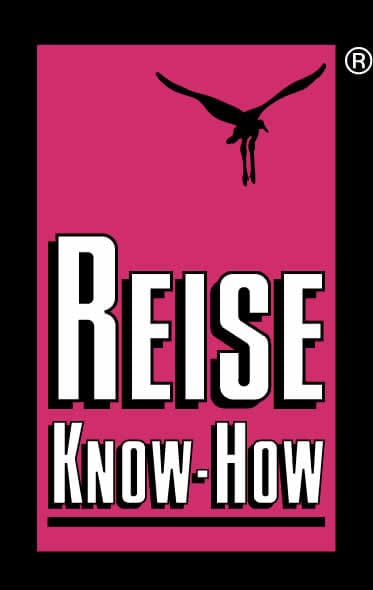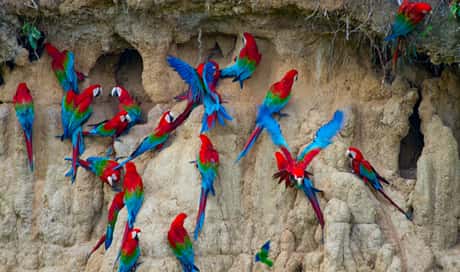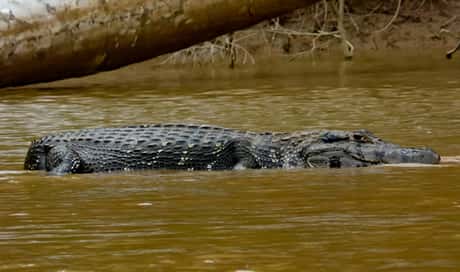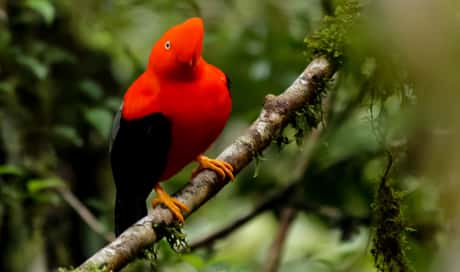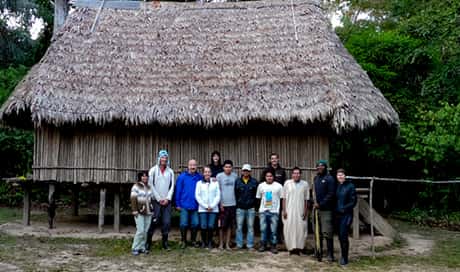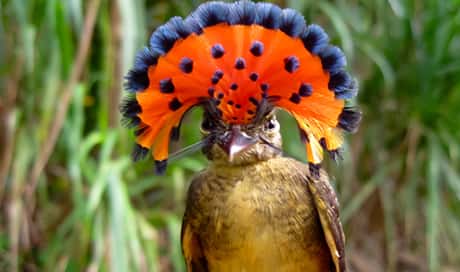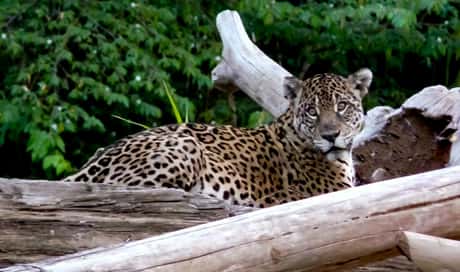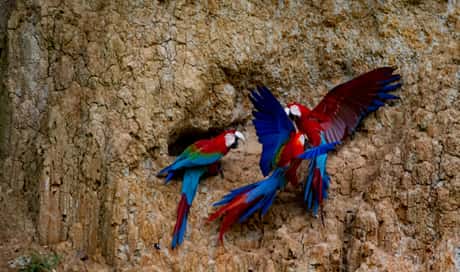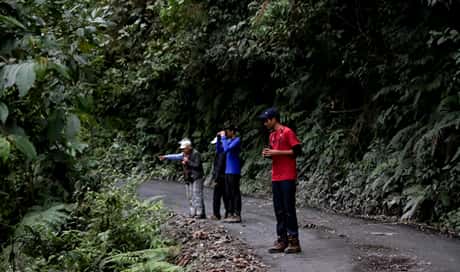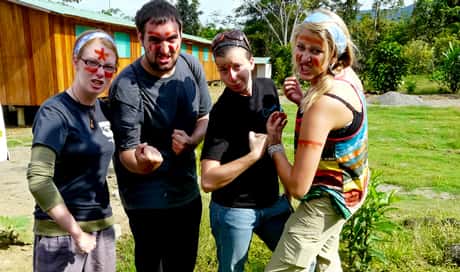All You need to know
UNESCO RECOGNITIONS OF PERU
1983: CITY OF CUZCO
The city of Cuzco (Quechua: Qusqu, Qosqo), or Cusco (official spelling in Peru), is the historic capital of Peru and capital of the homonymous region.
It is located in the southern highlands of the country, in the Huatanay river basin, has a population of approximately 390,000 inhabitants. It is the largest tourist destination in Peru and has an influx of visitors of almost one million people a year. It was the capital of the Inca Empire and was declared a World Heritage Site in 1983 by UNESCO.
1983: MACHU PICCHU HISTORIC SANCTUARY
Machu Picchu (from the southern Quechua machu pikchu, "Old Mountain") is the contemporary name given to a stone llaqta (ancient Andean Inca settlement) built mainly in the mid-15th century on the rocky promontory that joins the Machu Picchu and Huayna Picchu mountains on the eastern slopes of the Central Andes in southern Peru. Its original name would have been Picchu or Picho.
According to documents from the mid-sixteenth century, Machu Picchu would have been one of the resting places of Pachacutec (first Inca emperor, 1438-1470). However, some of its best constructions and the evident ceremonial character of the main access road to the llaqta would demonstrate that it was used as a religious sanctuary. Both uses, palace and sanctuary, would not have been incompatible. Some experts seem to have discarded, on the other hand, a supposed military character, so that the popular adjectives of "fortress" or "citadel" could have been overcome.
Machu Picchu is considered both a masterpiece of architecture and engineering. Its peculiar architectural and landscape characteristics, and the veil of mystery that has been woven around it in much of the literature published about the site, have made it one of the most popular tourist destinations on the planet.
Machu Picchu has been on UNESCO's World Heritage List since 1983, as part of a whole cultural and ecological complex known as the Historic Sanctuary of Machu Picchu.
On July 7, 2007 Machu Picchu was declared one of the new wonders of the world in a ceremony held in Lisbon, Portugal, after the participation of one hundred million voters from around the world.
1985: HUASCARÁN NATIONAL PARK
This park is located in the Cordillera Blanca, in the central highlands of Peru, in the Callejón de Huaylas, in the Ancash region.
In 1985, UNESCO declared it a Natural World Heritage Site and it was included in the list of World Heritage Sites and before that, as the nucleus of the Biosphere Reserve of Humanity in 1977.
1985: ARCHAEOLOGICAL SITE OF CHAVIN
Chavín de Huantar is an archaeological site located in the district of Chavín de Huántar, province of Huari, department of Ancash. It is 462 kilometers northeast of Lima, Peru. The site has an elevation of 3,177 meters above sea level, between the Andean mountain ranges of the Cordillera Negra and Cordillera Blanca. The city's location on the main mantle of the Marañon River, between the coast and the jungle, made it an ideal location for the collection and trade of goods.
Investigated by Peruvian specialist Julio Cesar Tello, this magical-religious center was built approximately in 327 B.C. Its walls are made of stone and its structures are pyramidal. In spite of not being the oldest archaeological site, nor the biggest, nor the most showy of ancient Peru, it was considered as a pilgrimage center.
The construction presents a complex network of roads and stone tunnels only illuminated by beams of light that penetrate through strategically arranged ducts. Inside you can still appreciate the Monolithic Lanzon, a five meter high carved stone in which fierce divinities and monstrous anthropomorphic figures are observed, and the Cabezas Clavas, a kind of sentinels embedded in the walls of the building.
1986: ARCHAEOLOGICAL ZONE OF CHAN CHAN
Chan Chan (from quingnam Chang or Chan = Sun) from which Chan-Chan (literally: Sun) is derived; Hypothesis of its true meaning in Spanish: "Great Sun", "Resplendent Sun", "Splendorous Sun" or "Refulgent Sun" (Here we see a typical feature of the quingnam or chimú language in which the reduplication of a word acquires a new meaning).
It is a pre-Columbian adobe metropolis, built on the northern coast of Peru by the Chimu, is located northwest of the Metropolitan Area of Trujillo between the districts of Trujillo and Huanchaco. It was declared a World Heritage Site by UNESCO in 1986 and included in the List of World Heritage in Danger.
It is assumed that the name is due to the intense sun exposure that the city endured. Its current name is due to the transcriptions of the Spanish chroniclers. Chan Chan, is formed by 9 citadels or small walled cities, the whole complex was the capital of the Chimor kingdom, state organization of the Chimu culture. It is the largest adobe-built metropolis in Latin America and the second largest in the world
1987: MANU NATIONAL PARK
The Manú Biosphere Reserve is located in southwestern Peru, partially in the Madre de Dios and Cusco regions, in the provinces of Manu and Paucartambo. With a territory of 1,909,800 ha, it is divided into three large zones: the National Park, with 1,532,806 ha; the Reserved Zone, with 257,000 ha; and the Transition or Cultural Zone, with 120,000 ha.
It extends from 300 masl, at the confluence of the Manú River with the Alto Madre de Dios River, to 3,800 masl at the summit of the Apu Kañahuay mountain. Some researchers believe that in the virgin areas of this reserve is the Paititi or lost city of the Incas.
1988: HISTORIC CENTER OF LIMA
The historic center of Lima is one of the most important tourist destinations in Peru. It is made up mainly of areas corresponding to the Cercado de Lima and the Rímac district.
1990: Abiseo River National Park
Abiseo River National Park is located in Peru, in the Amazonas and San Martin regions, province of Mariscal Caceres, capital Juanjui, District of Huicungo on one of the few remaining unpopulated areas of the Andes. The Abiseo River National Park covers the entire basin of the river that gives it its name.
In 1990 it was declared a World Cultural and Natural Heritage Site by UNESCO.
1994: NAZCA AND PAMPAS DE JUMANA LINES AND GEOGLYPHS
The Nazca lines, as they are better known, are located in the Pampas de Jumana, in the Nazca desert, between the towns of Nazca and Palpa in Peru. They were drawn by the Nazca culture. They are composed of several hundred figures ranging from simple designs such as lines to complex zoomorphic, phytomorphic and geometric figures that appear traced on the surface.
The amazing thing is that these lines can only be observed in their entirety from the air, flying over the desert, which has raised great questions about the intentions and skills of their builders.
2000: HISTORIC CENTER OF THE CITY OF AREQUIPA
The old part of the city was declared a World Cultural Heritage Site by UNESCO in November 2000, and is basically located between the districts of Arequipa and Yanahuara.
The following criteria were taken into account for its declaration as a World Heritage Site:
Criterion I. The ornamental architecture in the historic center of Arequipa represents a masterpiece of the creative integration of European and native characteristics, crucial to the cultural expression of the entire region.
Criterion IV. The historic center of Arequipa is an example of a colonial settlement, challenged by natural conditions, indigenous influences, the process of conquest and evangelization, as well as the spectacular surroundings.




